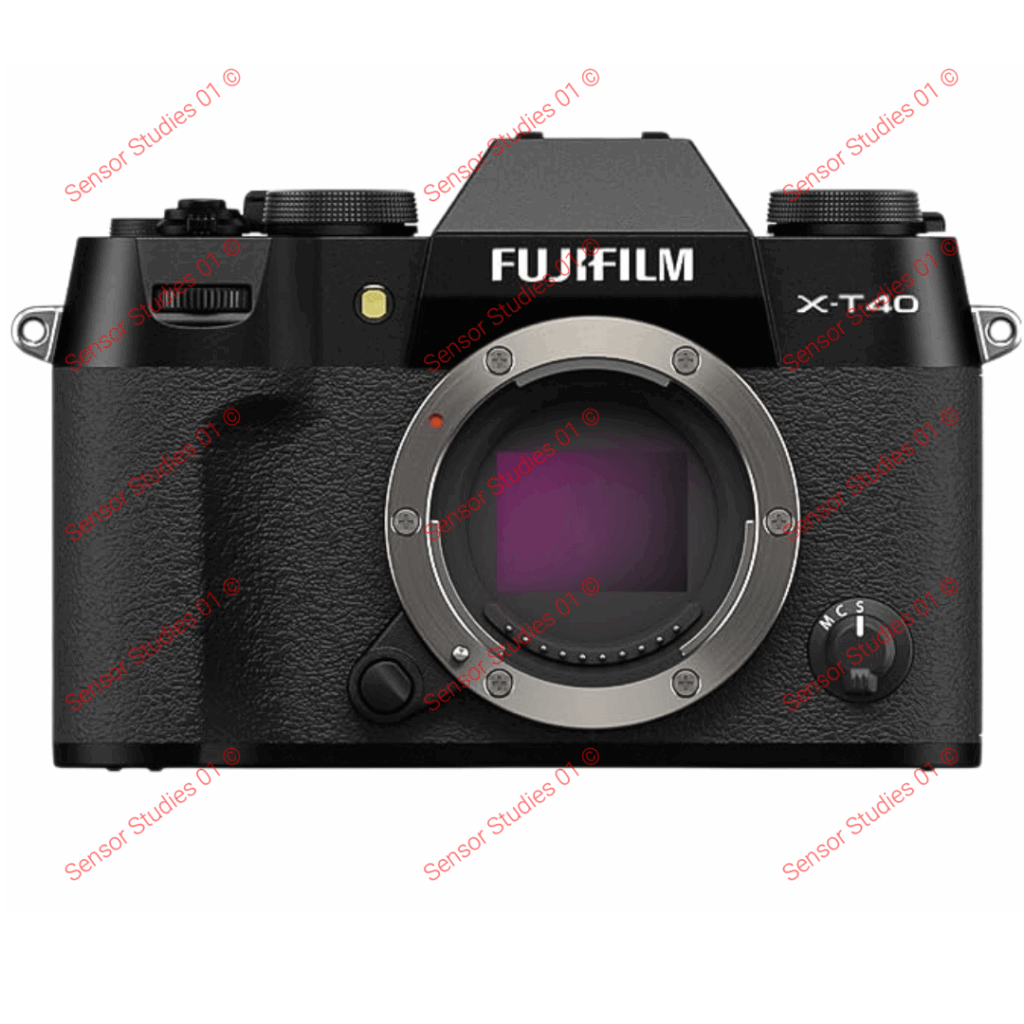
Fujifilm might revive the X-T30 line in 2025 with upgraded internals. Here’s what the rumors suggest and why it could fill a real gap in their current lineup.
The Fujifilm X-T30 II quietly disappeared from shelves in late 2021/22, leaving a noticeable gap between the content-creator-focused X-S20 and the premium X-T5. Recent speculation suggests Fujifilm is planning a mid-range X-T camera for 2025 – but will it be called the X-T30 III or make the jump to X-T40?
Why the X-T30 II Worked
The X-T30 II delivered the 26.1MP X-Trans CMOS 4 sensor in a compact 378g body with Fujifilm’s classic control layout. It offered about 90% of the X-T4’s image quality at roughly 60% of the price, making it an excellent entry point into Fujifilm’s system. For travel, street photography, or anyone wanting serious image quality without the size and cost of a flagship, it hit the mark.
The camera’s appeal went beyond specs – it had Fujifilm’s signature tactile controls that made shooting feel deliberate and engaging.
The Rumored Specifications
According to sources at fujirumors.com, the most logical approach would be:
- 26MP X-Trans sensor with the newer X-Processor 5 (same combo as X-S20)
- No IBIS to keep the size down and price competitive
- Either the existing X-T30 II body or the refined X-T50 chassis
- Better autofocus performance from the upgraded processor
This combination already works well in the X-S20, where the X-Processor 5 delivers noticeably better autofocus tracking and computational features compared to the older X-Processor 4.
Where It Fits
Fujifilm’s current lineup has a clear gap. The X-S20 targets content creators with its deep grip and modern interface. The X-T5 serves professional needs but costs significantly more. Between these sits room for classic handling and solid image quality at a reasonable price.
A X-T30 successor would work as:
- Entry point for photographers new to Fujifilm
- Second body for existing users wanting something lightweight
- Classic option for those who prefer traditional controls
Two Possible Directions
Conservative approach: Keep the X-T30 II body, skip IBIS, focus on affordability while maintaining what made the original appealing – good image quality in a small package.
Progressive approach: Use the X-T50 body with better ergonomics and potentially IBIS, but at higher cost.
I’d bet on the conservative route. Fujifilm needs an accessible camera, and adding premium features means higher prices that work against the core concept.
What Users Want
Looking at forums and discussions, people consistently mention:
- Better RAW burst buffer (a common complaint about the original)
- Improved grip design
- Film simulation dial like newer models
- Better autofocus in low light
- Same compact size
Many users actually prefer the X-T50’s body design – not just for possible IBIS, but for the updated controls and film simulation dial.
The Processor Advantage
Upgrading to X-Processor 5 would fix the X-T30 II’s main weakness: autofocus performance in challenging situations. The newer processor brings better algorithms, improved subject detection, and more reliable tracking – improvements that are clearly visible when comparing X-S20 performance to older X-Processor 4 cameras.
X-T30 III or X-T40?
The name choice might signal their intentions. „III“ suggests incremental improvement, while „X-T40“ could indicate bigger changes. Given Fujifilm’s recent pattern of significant updates (like jumping from X100V to X100VI), X-T40 seems possible if they’re making substantial upgrades beyond just the processor.
Market Context
Camera prices keep climbing across the industry, which risks pricing out enthusiast photographers who drove the mirrorless boom. A well-executed successor could push back against this trend while offering the distinct shooting experience that sets cameras apart from increasingly capable smartphone photography.
My Assessment
The 26MP sensor with X-Processor 5 could deliver the consistency the X-T30 II sometimes lacked while keeping the excellent image quality. IBIS would be nice, but I expect the conservative approach: X-Processor 5 in the current body without IBIS – the most practical way to improve performance while keeping costs down.
Bottom Line
The logic for an X-T30 successor makes sense. Fujifilm has a gap in their lineup, a proven concept, and better technology that could address the original’s limitations. Whether it’s called X-T30 III or X-T40, this camera could give Fujifilm a strong option in the mid-range again.
For photographers wanting that balance of image quality, hands-on controls, and reasonable pricing, 2025 might deliver exactly what’s been missing.